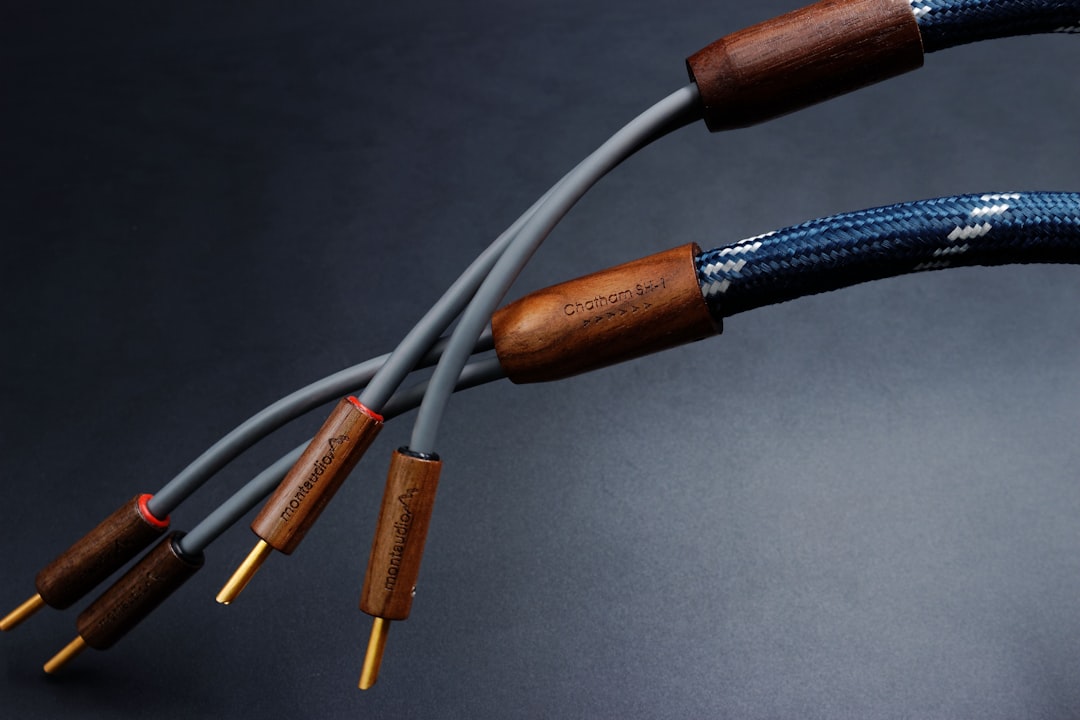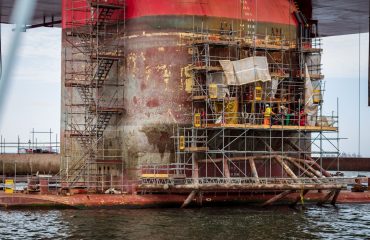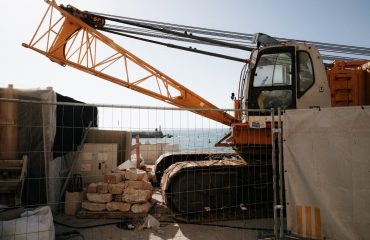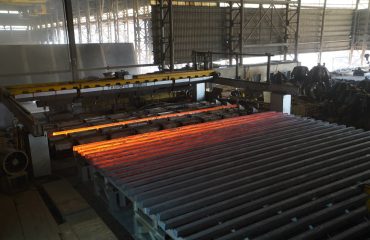Steel pipes are ubiquitous in various industries, from construction and oil & gas to water management and manufacturing. Understanding the different manufacturing processes and resulting properties is crucial for selecting the right pipe for a specific application. This article delves into the key differences between hot-finished and heat-treated steel pipes, clarifying their characteristics and suitability for different projects.
1. The Hot-Finishing Process: Strength and Efficiency
Hot-finishing is a primary steel pipe manufacturing process where steel is heated to a high temperature (above its recrystallization temperature) and then rolled into the desired shape and size. This high-temperature rolling allows for significant deformation, making it ideal for producing large-diameter pipes with relatively thick walls. The process typically involves several stages: heating the steel billet in a furnace, piercing the billet to form a hollow tube (for seamless pipes), further rolling to reduce the diameter and increase the length, and finally, cooling and straightening. The high temperature softens the steel, enabling significant reduction in wall thickness and diameter with less power expenditure compared to cold forming. The resulting pipes possess excellent ductility and relatively high tensile strength, making them suitable for various general applications.
2. Heat Treatment: Enhancing Specific Properties
Heat treatment is a secondary process applied to both hot-finished and other types of steel pipes to enhance specific mechanical properties. It involves carefully controlled heating and cooling cycles to alter the microstructure of the steel. Different heat treatment methods, such as annealing, normalizing, quenching, and tempering, can be used to achieve desired characteristics like increased hardness, strength, toughness, or improved machinability. For example, quenching and tempering can significantly increase the yield strength and tensile strength of a pipe, making it suitable for high-pressure applications. Annealing, on the other hand, reduces internal stresses and improves ductility.
3. Comparing Mechanical Properties: Strength, Ductility, and Hardness
Hot-finished pipes generally exhibit good ductility and tensile strength, but their yield strength and hardness may be lower compared to heat-treated pipes. Heat treatment significantly modifies these properties, allowing for tailored characteristics depending on the specific application. For instance, a heat-treated pipe might possess a higher yield strength, making it suitable for high-pressure applications where yielding is a critical failure mode. Conversely, a hot-finished pipe might be preferred where bending or forming is required, due to its higher ductility.
4. Applications: Where Each Pipe Type Excels
The choice between hot-finished and heat-treated pipes depends heavily on the intended application. Hot-finished pipes are commonly used in applications requiring high ductility and where the demands on strength are moderate, such as general construction, water pipelines, and low-pressure gas lines. Heat-treated pipes, with their enhanced strength and hardness, find applications in high-pressure oil and gas pipelines, pressure vessels, and other critical infrastructure where reliability and resistance to high stress are paramount. The specific heat treatment process further determines the suitability for different applications; for example, a pipe heat-treated for high hardness might be used for wear-resistant applications.
5. Cost Considerations: Balancing Performance and Budget
Generally, hot-finished pipes are less expensive than heat-treated pipes. The additional processing steps involved in heat treatment add to the overall cost. However, the increased cost of heat-treated pipes is often justified by their enhanced properties, which can lead to significant cost savings in the long run by preventing failures and extending the service life of the pipe. The choice often involves a trade-off between initial cost and the long-term performance and reliability required for the specific application.
In conclusion, understanding the differences between hot-finished and heat-treated steel pipes is essential for selecting the appropriate material for a given application. While hot-finished pipes offer a cost-effective solution for general-purpose applications, heat-treated pipes provide superior mechanical properties for demanding high-stress environments. Careful consideration of the required properties, application demands, and cost factors is crucial for making an informed decision.
Tags: hot-finished pipes, heat-treated pipes, steel pipe manufacturing, pipe properties, steel pipe applications




